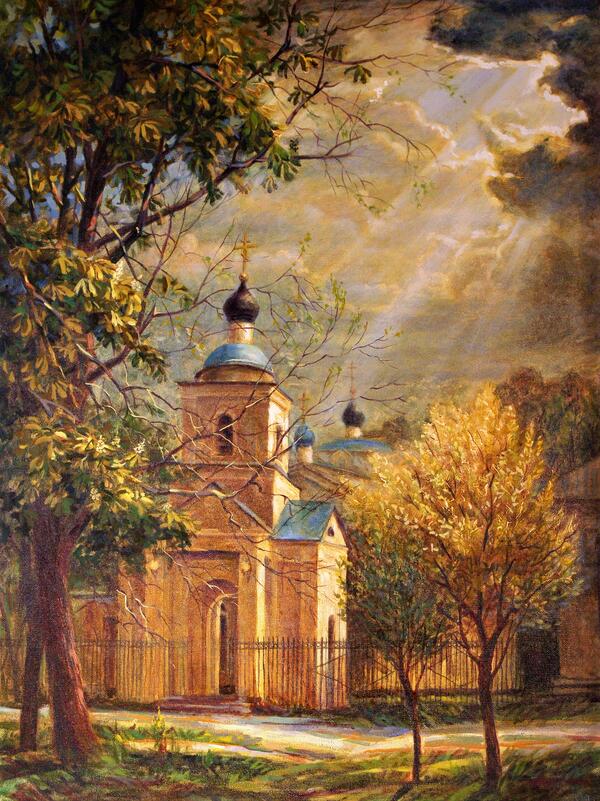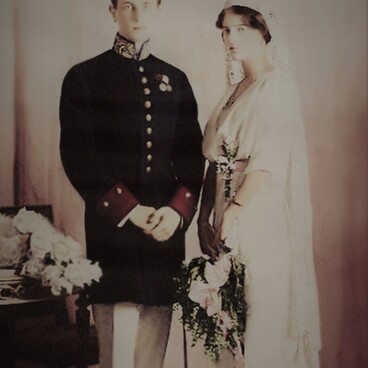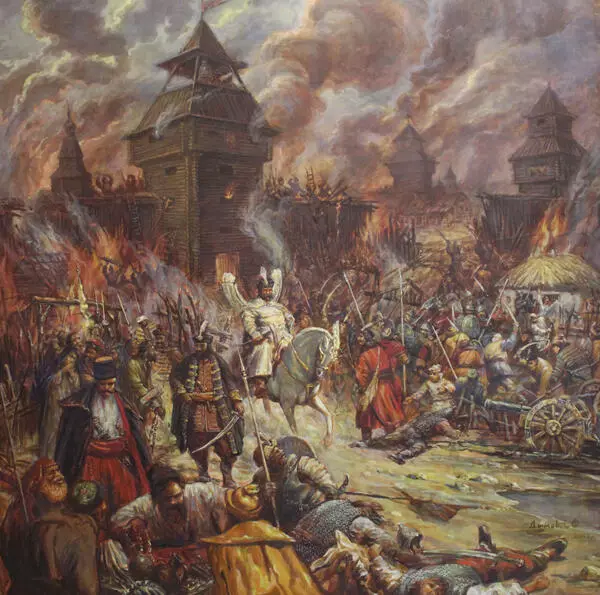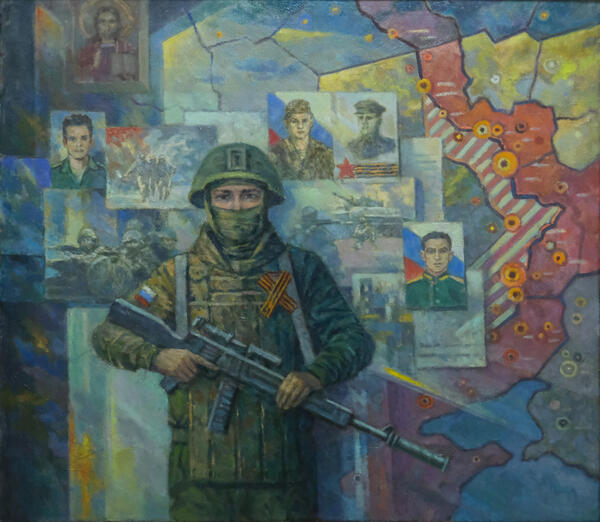Stanislav Dymov, a chairman of the Belgorod Regional Union of Artists of Russia, painted the picture overlooking St. Nicholas Church. He depicted the building in 2001, choosing the perspective from the side of the bell tower.
There were 15 churches in the Rakityansky district before the October revolution; three churches were built at the Yusupov family’s expense. Pitifully, after 1917, only St. Nicholas Church had survived.
In the 1930s, the Bolsheviks made over the building into a grain and vegetable warehouse. During the German invasion, the church services were temporarily recommenced, but in 1951, by the Rakityansky Executive Committee decision, the building was deprived of its church status and assigned to the Cultural and Educational Work Department. The church was reopened to the people of faith 10 years afterward.
The church’s history dated back to 1832. It was built at Prince Boris Yusupov’s expense and dedicated to St. Nicholas the Wonderworker, who was believed to be the patron saint of the Yusupov family. In the 1970s, Archimandrite Zinon painted the church interior. He depicted Jesus Christ in the dome, having taken example by Viktor Vasnetsov’s painting “God Almighty”. The figures of the Evangelists — Matthew, Luke, John, and Mark are on the pendentives.
An unusual curio had survived inside the church: an antique panikadilo — a large chandelier with icon lamps and candles, from the Yusupov’s time. It can be easily lowered to the floor thanks to a counterweight. Priests light the icon lamps and easily return the construction back up to 2.5 meters in height. All divine worships in the church are still held with such lighting, as electrical equipment was not installed in the building.
Archimandrite Seraphim, secular name Dmitry Tyapochkin, was appointed the Father Superior of St. Nicholas Church in the autumn of 1961. Christians from Dnepropetrovsk and other cities come to him from the first days of his stay in the village of Rakitnoye: his prayers helped people to empower themselves again, and many people of faith said that they healed of diseases due to their converse with him.
His cell was preserved on the church territory. The Father lived and received pilgrims there. In addition, there is a 33-meter well near the church dug with his blessing. All the pilgrims visiting the church take water from it.
There were 15 churches in the Rakityansky district before the October revolution; three churches were built at the Yusupov family’s expense. Pitifully, after 1917, only St. Nicholas Church had survived.
In the 1930s, the Bolsheviks made over the building into a grain and vegetable warehouse. During the German invasion, the church services were temporarily recommenced, but in 1951, by the Rakityansky Executive Committee decision, the building was deprived of its church status and assigned to the Cultural and Educational Work Department. The church was reopened to the people of faith 10 years afterward.
The church’s history dated back to 1832. It was built at Prince Boris Yusupov’s expense and dedicated to St. Nicholas the Wonderworker, who was believed to be the patron saint of the Yusupov family. In the 1970s, Archimandrite Zinon painted the church interior. He depicted Jesus Christ in the dome, having taken example by Viktor Vasnetsov’s painting “God Almighty”. The figures of the Evangelists — Matthew, Luke, John, and Mark are on the pendentives.
An unusual curio had survived inside the church: an antique panikadilo — a large chandelier with icon lamps and candles, from the Yusupov’s time. It can be easily lowered to the floor thanks to a counterweight. Priests light the icon lamps and easily return the construction back up to 2.5 meters in height. All divine worships in the church are still held with such lighting, as electrical equipment was not installed in the building.
Archimandrite Seraphim, secular name Dmitry Tyapochkin, was appointed the Father Superior of St. Nicholas Church in the autumn of 1961. Christians from Dnepropetrovsk and other cities come to him from the first days of his stay in the village of Rakitnoye: his prayers helped people to empower themselves again, and many people of faith said that they healed of diseases due to their converse with him.
His cell was preserved on the church territory. The Father lived and received pilgrims there. In addition, there is a 33-meter well near the church dug with his blessing. All the pilgrims visiting the church take water from it.





